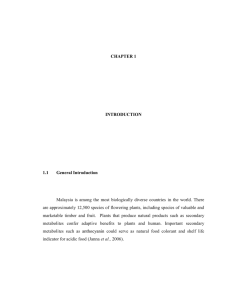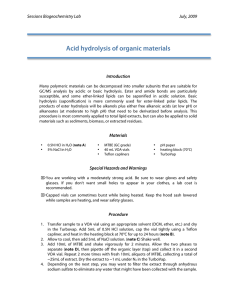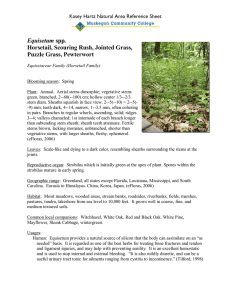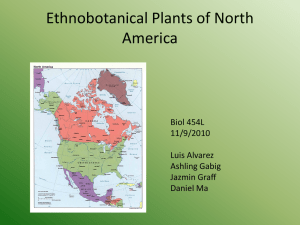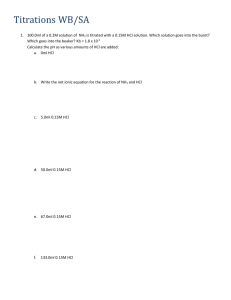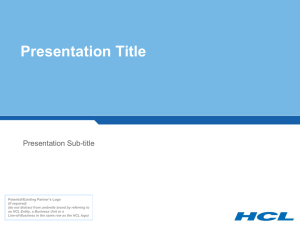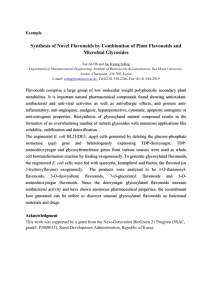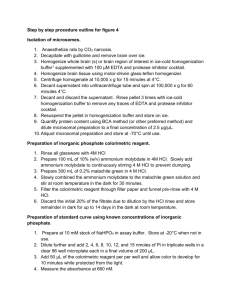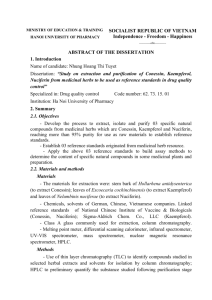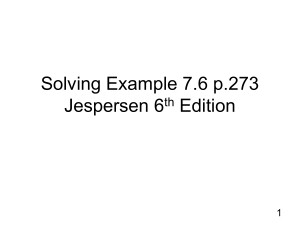debenedetti2
advertisement
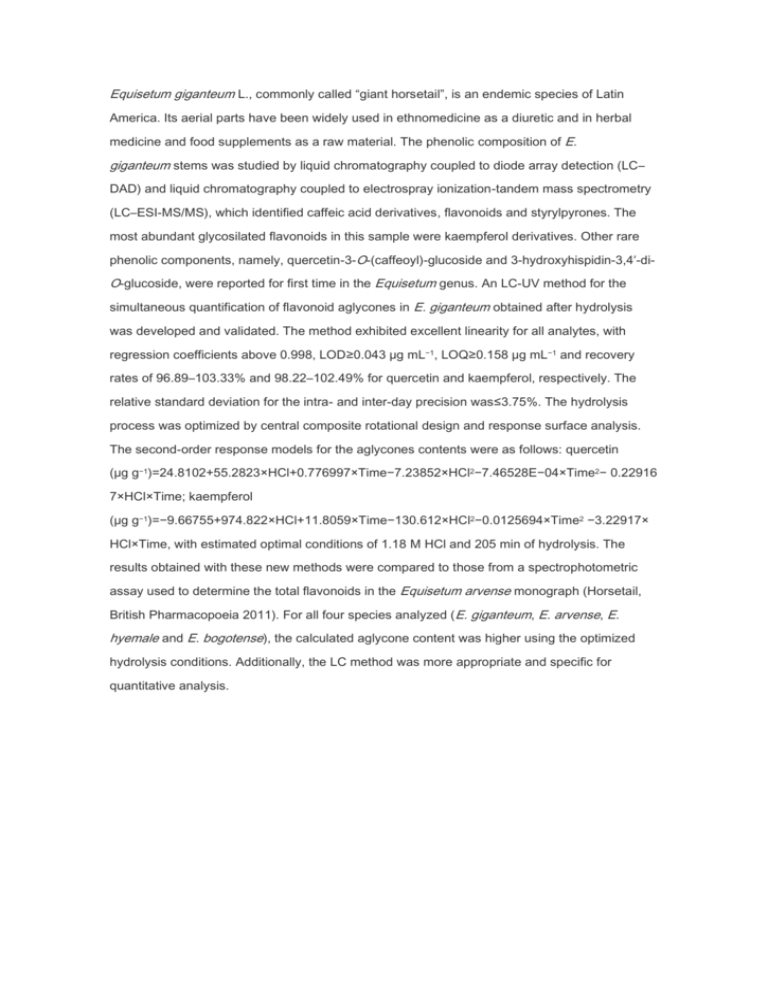
Equisetum giganteum L., commonly called “giant horsetail”, is an endemic species of Latin America. Its aerial parts have been widely used in ethnomedicine as a diuretic and in herbal medicine and food supplements as a raw material. The phenolic composition of E. giganteum stems was studied by liquid chromatography coupled to diode array detection (LC– DAD) and liquid chromatography coupled to electrospray ionization-tandem mass spectrometry (LC–ESI-MS/MS), which identified caffeic acid derivatives, flavonoids and styrylpyrones. The most abundant glycosilated flavonoids in this sample were kaempferol derivatives. Other rare phenolic components, namely, quercetin-3-O-(caffeoyl)-glucoside and 3-hydroxyhispidin-3,4′-di- O-glucoside, were reported for first time in the Equisetum genus. An LC-UV method for the simultaneous quantification of flavonoid aglycones in E. giganteum obtained after hydrolysis was developed and validated. The method exhibited excellent linearity for all analytes, with regression coefficients above 0.998, LOD≥0.043 μg mL−1, LOQ≥0.158 μg mL−1 and recovery rates of 96.89–103.33% and 98.22–102.49% for quercetin and kaempferol, respectively. The relative standard deviation for the intra- and inter-day precision was≤3.75%. The hydrolysis process was optimized by central composite rotational design and response surface analysis. The second-order response models for the aglycones contents were as follows: quercetin (μg g−1)=24.8102+55.2823×HCl+0.776997×Time−7.23852×HCl2−7.46528E−04×Time2− 0.22916 7×HCl×Time; kaempferol (μg g−1)=−9.66755+974.822×HCl+11.8059×Time−130.612×HCl2−0.0125694×Time2 −3.22917× HCl×Time, with estimated optimal conditions of 1.18 M HCl and 205 min of hydrolysis. The results obtained with these new methods were compared to those from a spectrophotometric assay used to determine the total flavonoids in the Equisetum arvense monograph (Horsetail, British Pharmacopoeia 2011). For all four species analyzed ( E. giganteum, E. arvense, E. hyemale and E. bogotense), the calculated aglycone content was higher using the optimized hydrolysis conditions. Additionally, the LC method was more appropriate and specific for quantitative analysis.

